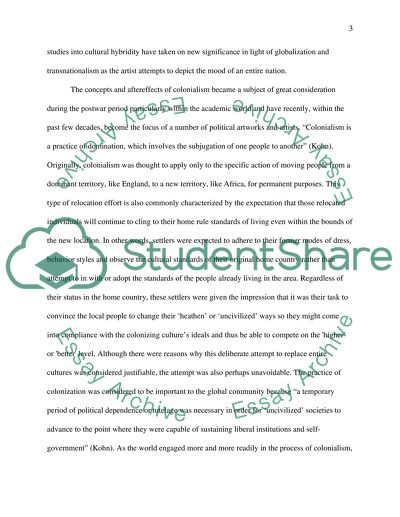Cite this document
(“Is political art possible In your response, concentrate on three works Essay”, n.d.)
Retrieved from https://studentshare.org/philosophy/1423994-is-political-art-possible-in-your-response
Retrieved from https://studentshare.org/philosophy/1423994-is-political-art-possible-in-your-response
(Is Political Art Possible In Your Response, Concentrate on Three Works Essay)
https://studentshare.org/philosophy/1423994-is-political-art-possible-in-your-response.
https://studentshare.org/philosophy/1423994-is-political-art-possible-in-your-response.
“Is Political Art Possible In Your Response, Concentrate on Three Works Essay”, n.d. https://studentshare.org/philosophy/1423994-is-political-art-possible-in-your-response.


